S&P 500 Dips as Traders Brace for Central Bank Meetings | Daily Market Analysis

Key events:
- Eurozone - CPI (YoY) (Feb)
On Friday, the S&P 500 experienced its second consecutive weekly decline, with the tech sector feeling the pressure from rising Treasury yields amid concerns that the Federal Reserve might emphasize the necessity for higher interest rates to persist in light of ongoing inflationary pressures.
The S&P 500 index dropped by 0.6%, the NASDAQ Composite fell by 1%, and the Dow Jones Industrial Average saw a decline of 190 points, equivalent to 0.5%.
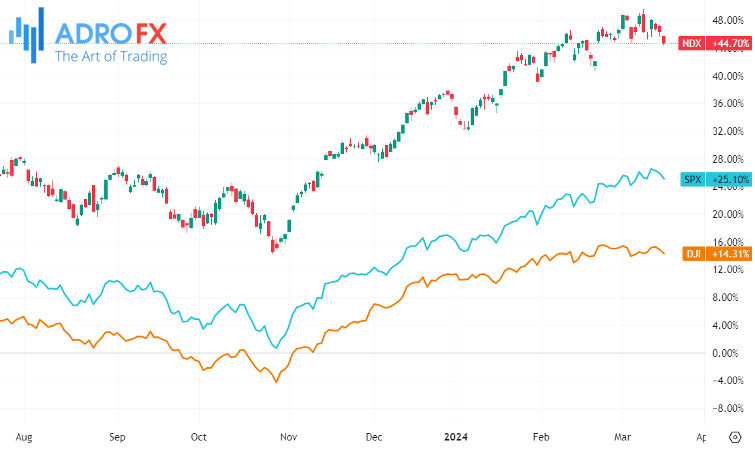
Treasury yields continued their upward trajectory, further bolstered by diminishing expectations of imminent Fed rate cuts, fueled by recent data indicating a swifter-than-anticipated inflation rate at a time when consumer resilience appears to be diminishing.
Preliminary results from the University of Michigan's consumer sentiment index revealed a decrease to a reading of 76.5 from February's 76.9, falling short of economists' estimates of 77.4.
Although approximately 55% of traders anticipated a rate cut in June, a slight decline from 58% the previous week, the market's focus remains largely on the Fed's forthcoming meeting on March 20, where the central bank's economic outlook and future interest rate trajectory are anticipated to take center stage.
Meanwhile, gold prices experienced a decline in Asian trading on Monday, relinquishing a crucial support level as investors displayed aversion towards non-yielding assets ahead of the Federal Reserve's meeting later in the week, which is expected to provide further insights into interest rate policies.
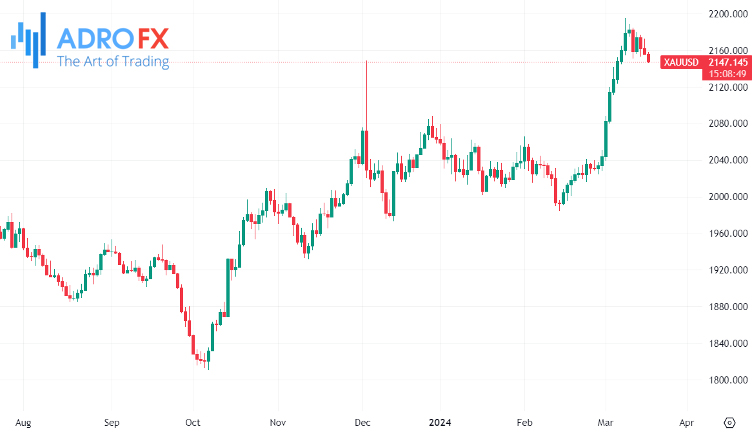
On Monday, the Australian Dollar managed to break its losing streak, finding support against the US Dollar as the latter retraced its gains amidst lower US Treasury yields. However, caution looms over market participants ahead of the Reserve Bank of Australia's impending policy decision scheduled for Tuesday. Additionally, investors remain on edge awaiting interest rate verdicts from both the People's Bank of China and the US Federal Reserve, slated for release on Wednesday.
While the Australian Dollar could have faced pressure, the S&P/ASX 200 Index extended its decline for the third consecutive session, with mining and energy stocks leading the downturn, reflecting softer commodity prices. The situation is compounded by the looming threat of severe Tropical Cyclone Megan, expected to unleash destructive winds and heavy rainfall across Australia’s far north. Evacuations are underway, with a major manganese mine shuttered in anticipation of the cyclone's landfall.
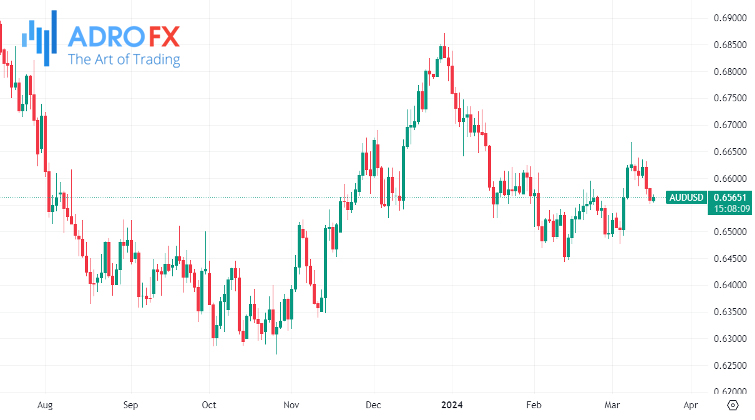
The US Dollar Index faltered amidst the market uncertainty surrounding the Federal Reserve's anticipated decision to maintain higher interest rates in response to recent inflationary pressures.
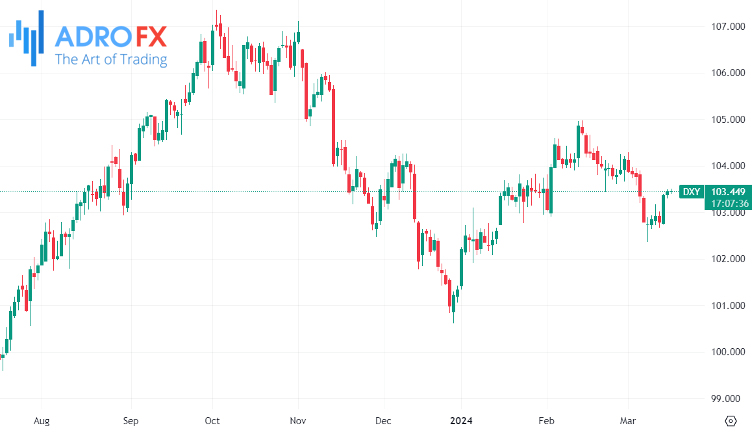
Meanwhile, the Japanese Yen rebounded from a one-week low against the US Dollar during Monday's Asian session, presently trading near the upper end of its daily range. Investors appear convinced that positive outcomes from the spring wage negotiations will prompt the Bank of Japan to exit its negative interest rate policy in April, if not March. This sentiment curtails the bearish momentum on the JPY and helps mitigate intraday losses.
However, BoJ Governor Kazuo Ueda offered a slightly pessimistic economic assessment last week. Moreover, the BoJ's announcement of an unscheduled bond operation, involving the purchase of 3 trillion yen of bonds from Tuesday to Thursday, coupled with weaker Machinery Orders data from Japan, may hinder any substantial recovery for the JPY, thereby bolstering the USD/JPY pair.
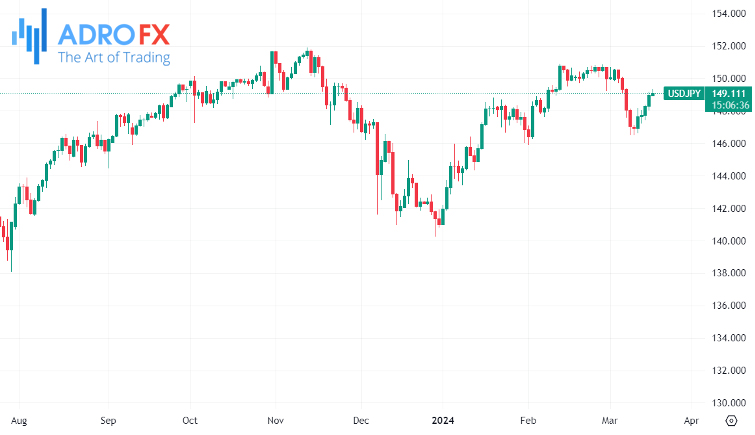
In the case of the NZD/USD pair, a semblance of support was found near the critical 200-day Simple Moving Average (SMA), prompting a modest recovery from a one-and-a-half-week low around the 0.6080 region recorded during Monday's Asian session. Despite a mildly positive bias in spot prices following the release of Chinese macro data, the bullish conviction remains lacking, with prices lingering below the 0.6100 round-figure mark.

Notably, data from the National Bureau of Statistics revealed upbeat figures for China's Retail Sales, Industrial Production, and Fixed Asset Investment in February, outperforming market expectations. While this largely overshadowed an unexpected rise in China's unemployment rate, creeping up to 5.3% from the previous 5.1%, it provided some support to antipodean currencies, including the Kiwi.
All eyes are now trained on Wednesday's Fed meeting, with market participants eagerly awaiting insights into the central bank's stance on rate cuts, the resilience of the US economy, and the potential for an inflationary resurgence.
In addition, Tuesday's Bank of Japan meeting is poised to be of considerable significance, as officials deliberate over the potential cessation of eight years of negative interest rates, marking a pivotal departure from its extensive stimulus program.
According to the Nikkei newspaper, the BOJ is anticipated to terminate its negative interest rate policy following substantial wage increases - the largest in 33 years - negotiated between Japan's major companies and labor unions during annual wage negotiations.
The BOJ has commenced internal and external consultations regarding the cessation of negative rates, signaling a near-certain resolution on the matter.
With the consensus leaning towards the cessation of negative rates, market attention has shifted towards potential indicators from the BOJ regarding the pace of subsequent interest rate hikes.









